Here we present some ideas and techniques how to build anatomic models or something like such a model, which already where used or can be used for experiments evaluating medical applications.
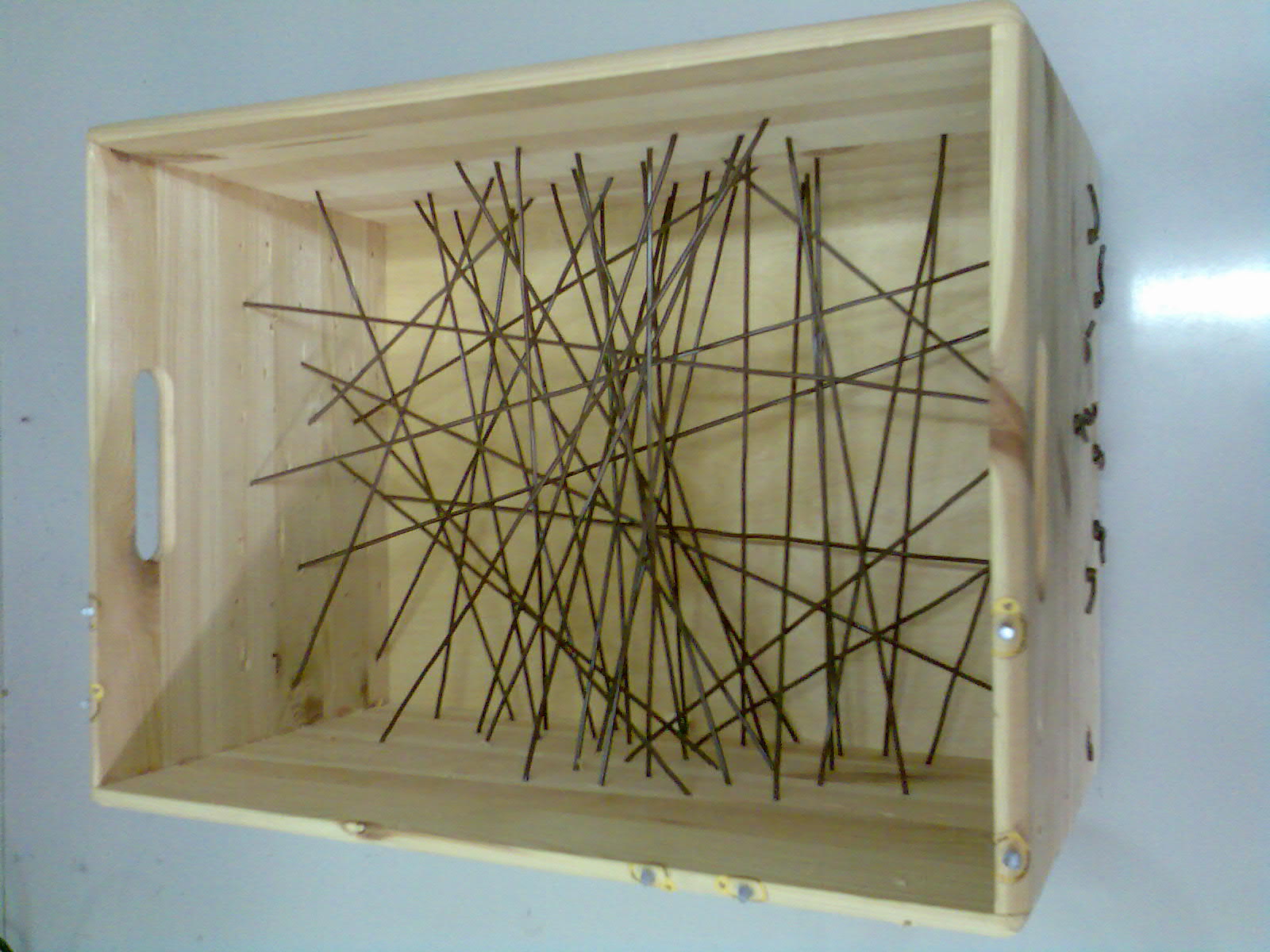
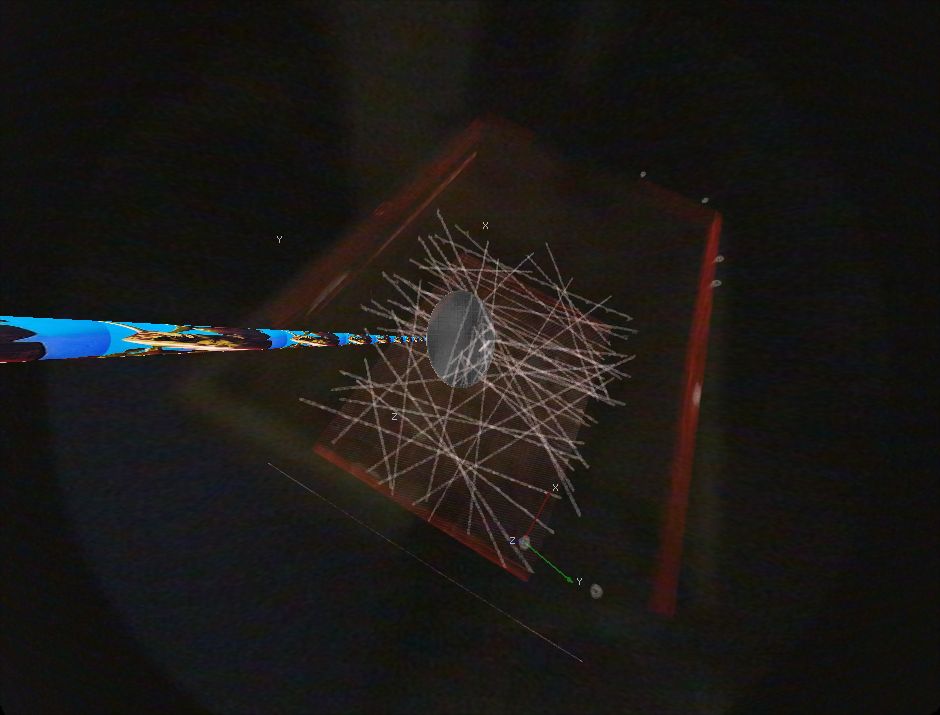
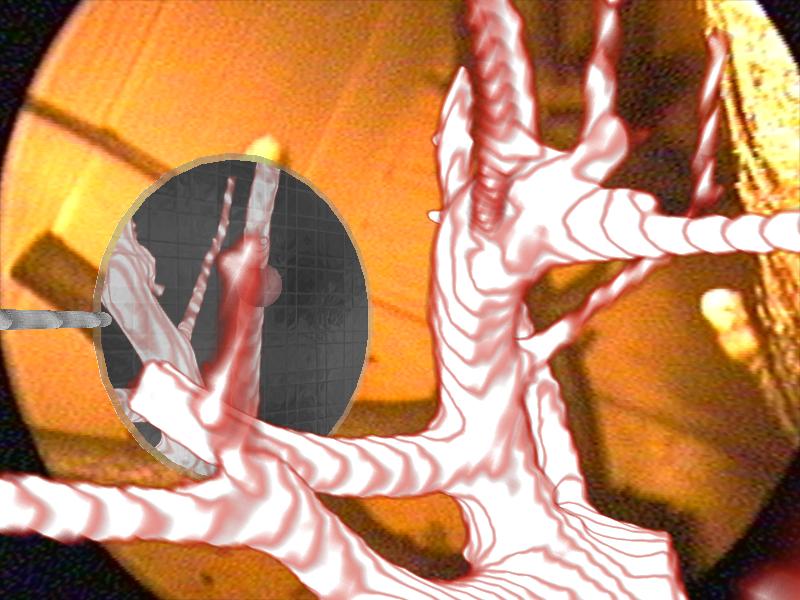
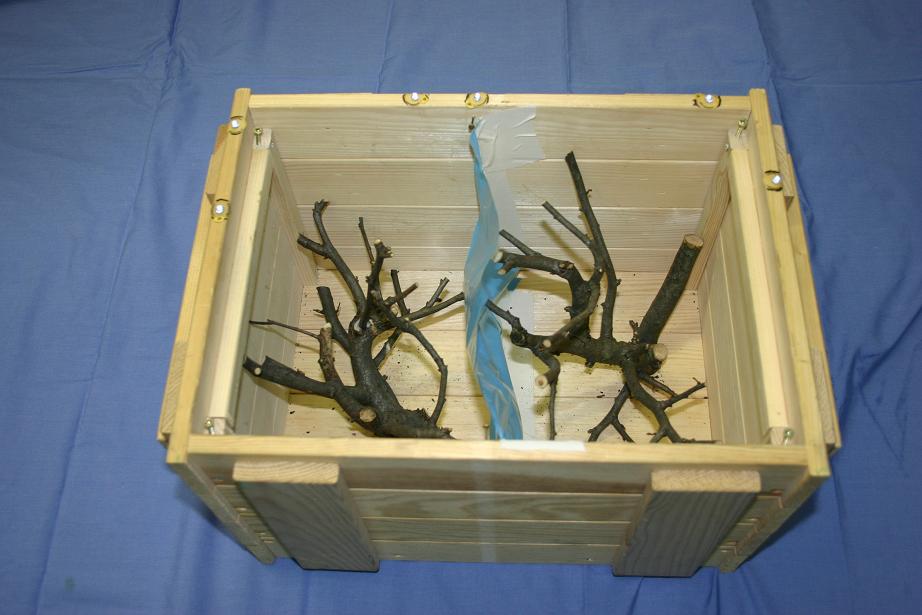
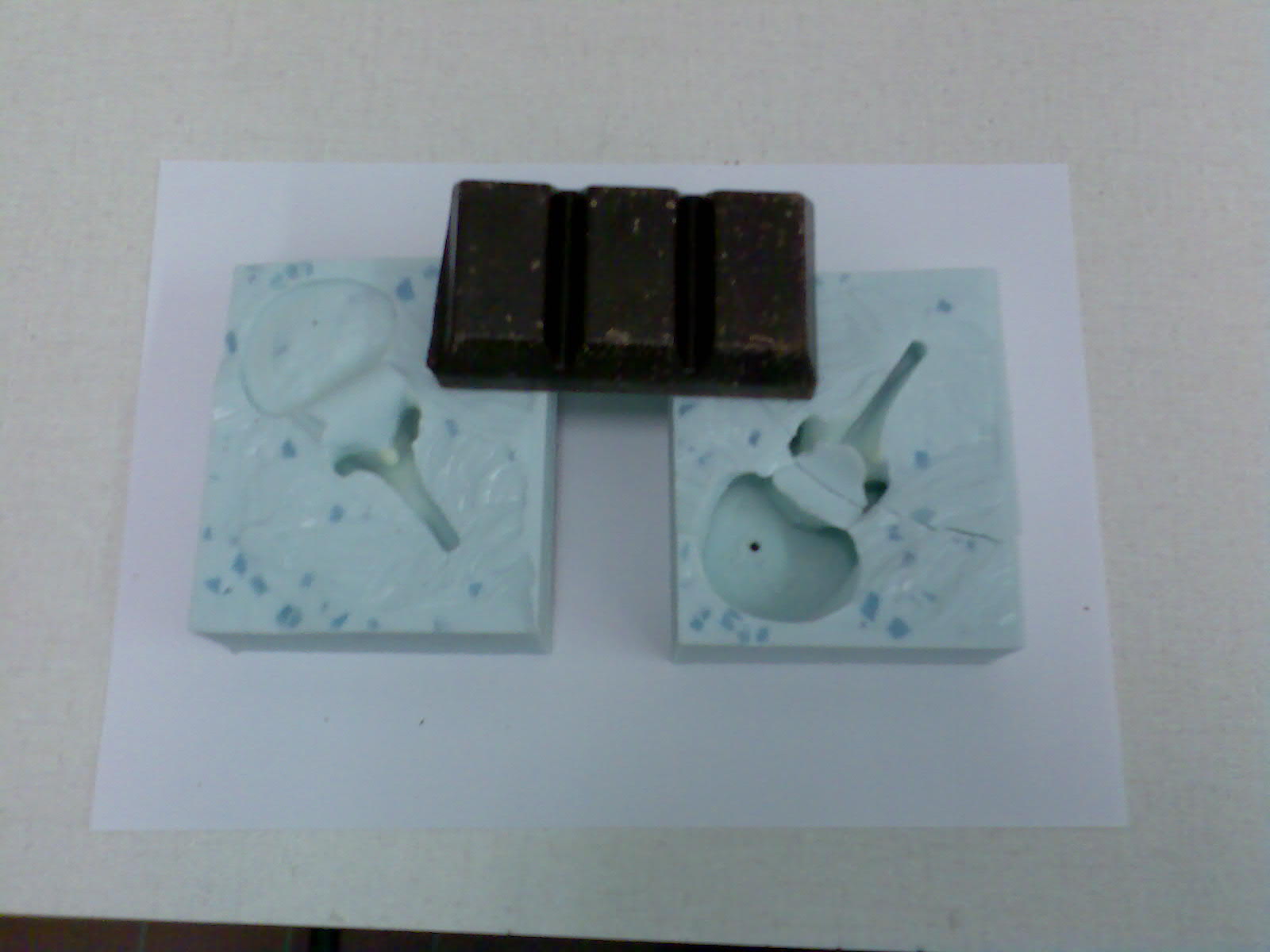
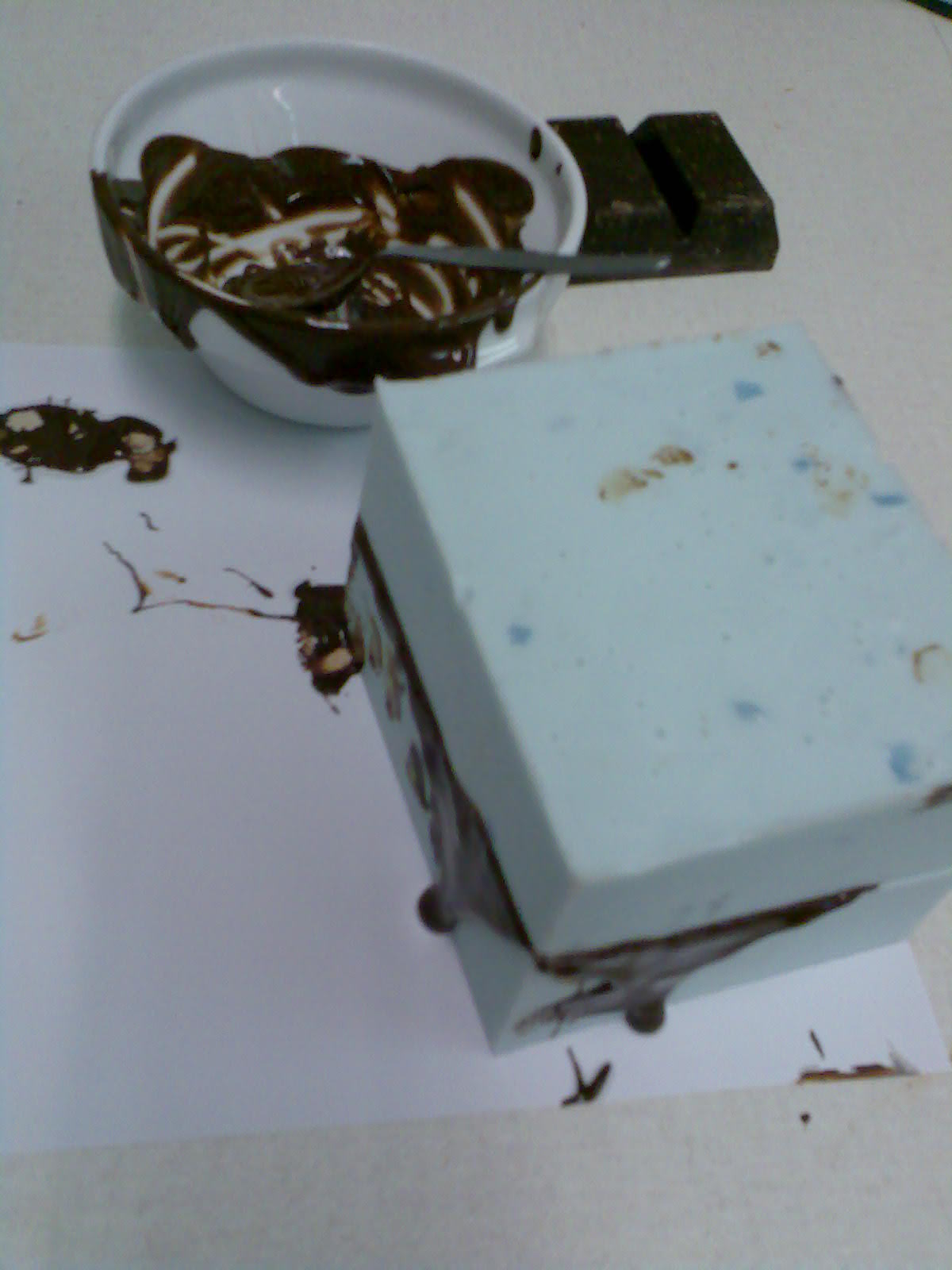
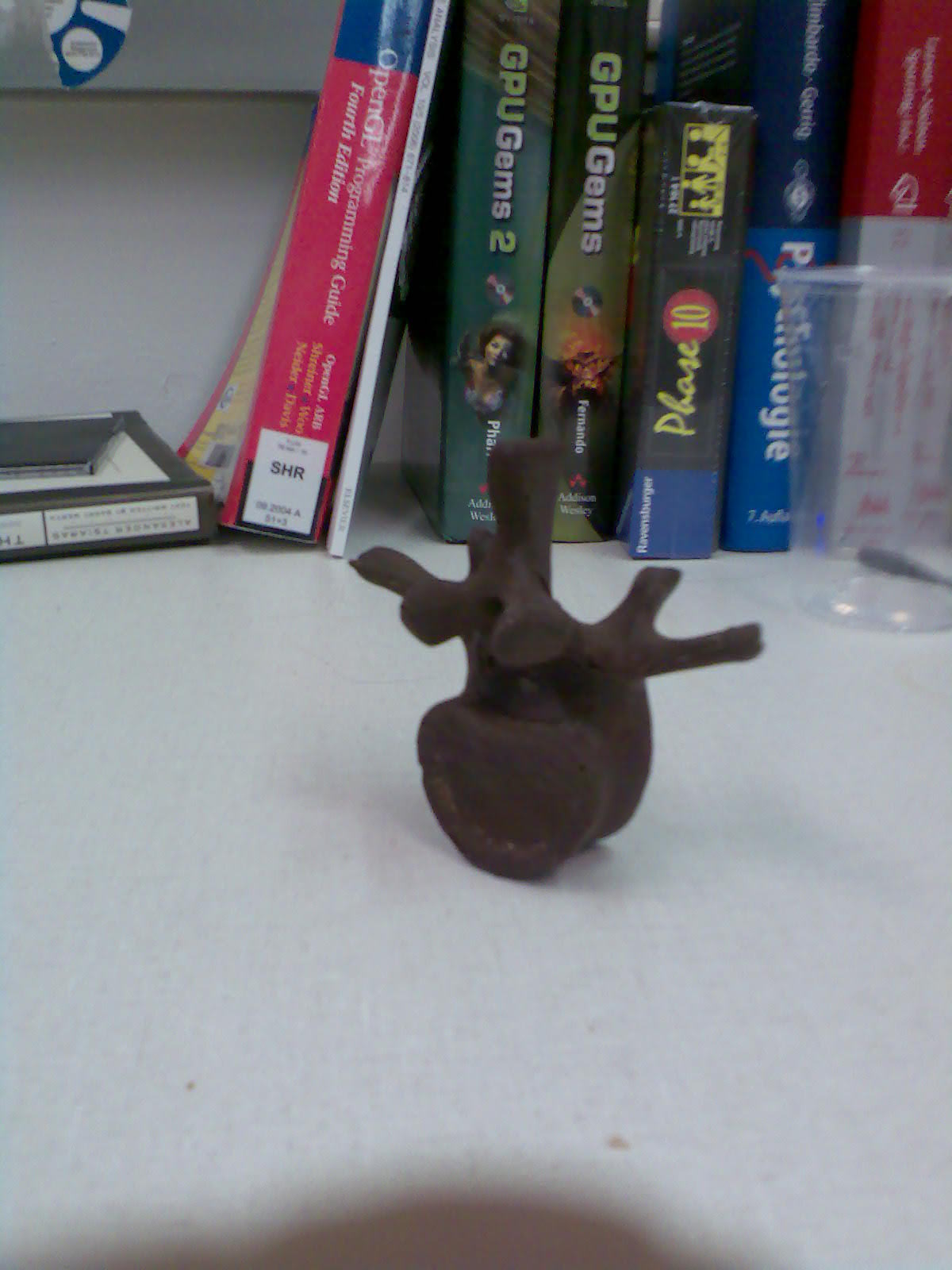
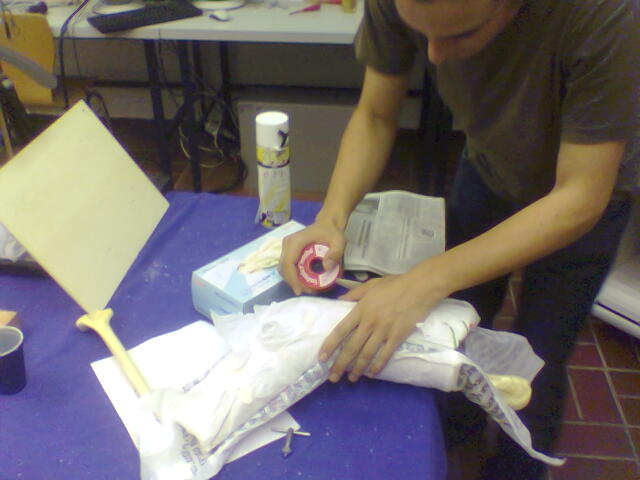
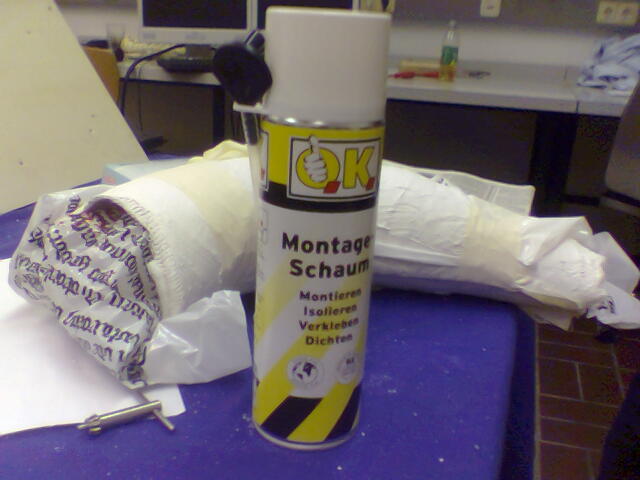
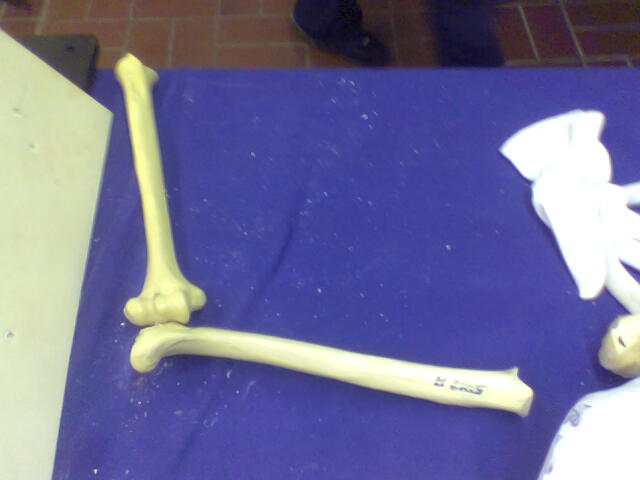
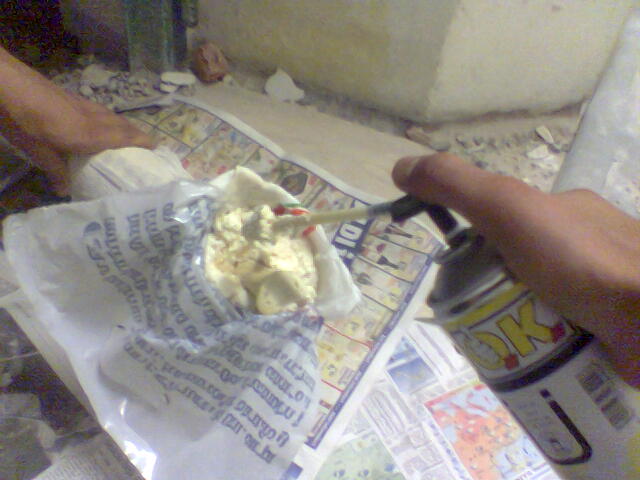
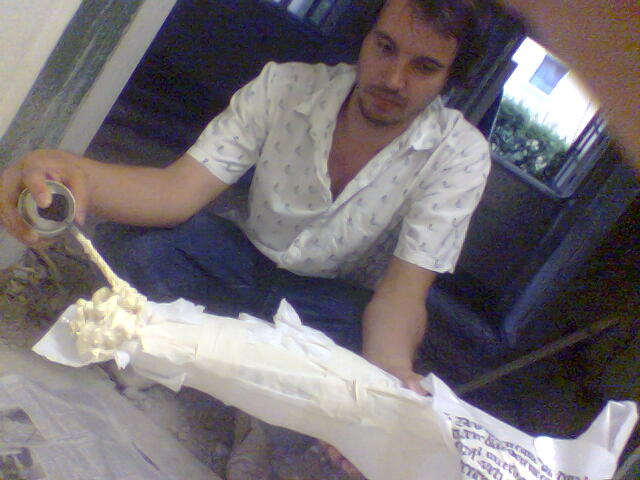
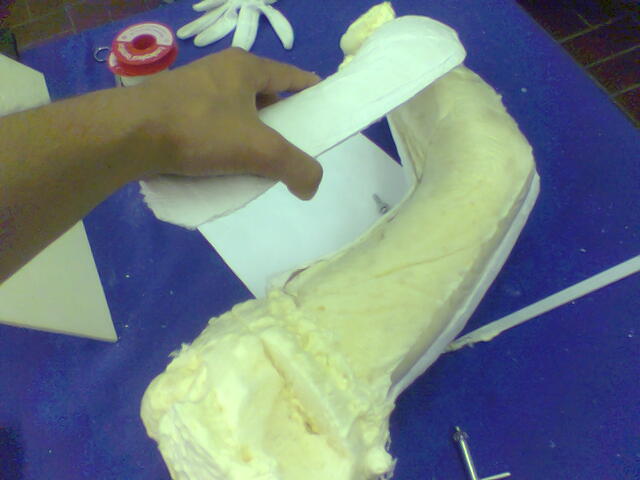
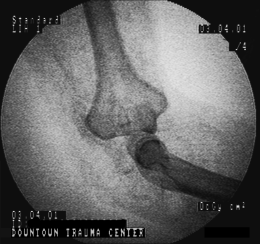
X-Ray radiography of the model
"Holzkastl" for Blood Vessel Clipping
We tried to build a phantom for an experiment concerning liver resection to evaluate differen visualizations using our HMD-based and Laparoscope based AR system. Therefore we used a wooden box from a workshop and installed wires inside the box to simulate a complex structure like a blood vessel tree to evaluate time and accuracy while guiding a clipping instrument to a certain vessel.



vertebrae manufacturing
We try to find a way to reproduce cost-saving vertebrae for drill experiments. Therefore we created a cast mold of silicone called Kontursil. For the vertebrae we tested up to now chocolate.


Arm anatomy with polyurethane foam
- Material: Polyurethane foam, Plaster cast of the anatomy, in this case the arm, plastic bag, duct tape
- Make a plaster cast of your arm, leg or whatever and let it dry.
- Cut the cast into two parts and line its inside with the plastic foil (e.g. plastic bag). The polyurethane foam is quite adhesive. If you don't use the plastic foil, you wouldn't be able to separate the anatomic model from the plaster. And take care of your clothes!
- Install some plastic models of bones, blood vessels (wires) and close the palster cast.
- Fix everything with duct tape because the foam will expand while drying.
- Spray the foam into the plaster cast and fill out every area. Then you have to wait to let it dry for some hours.
- After the foam is dry open the plaster cast and remove the plastic foil. Ready.







X-Ray radiography of the model
